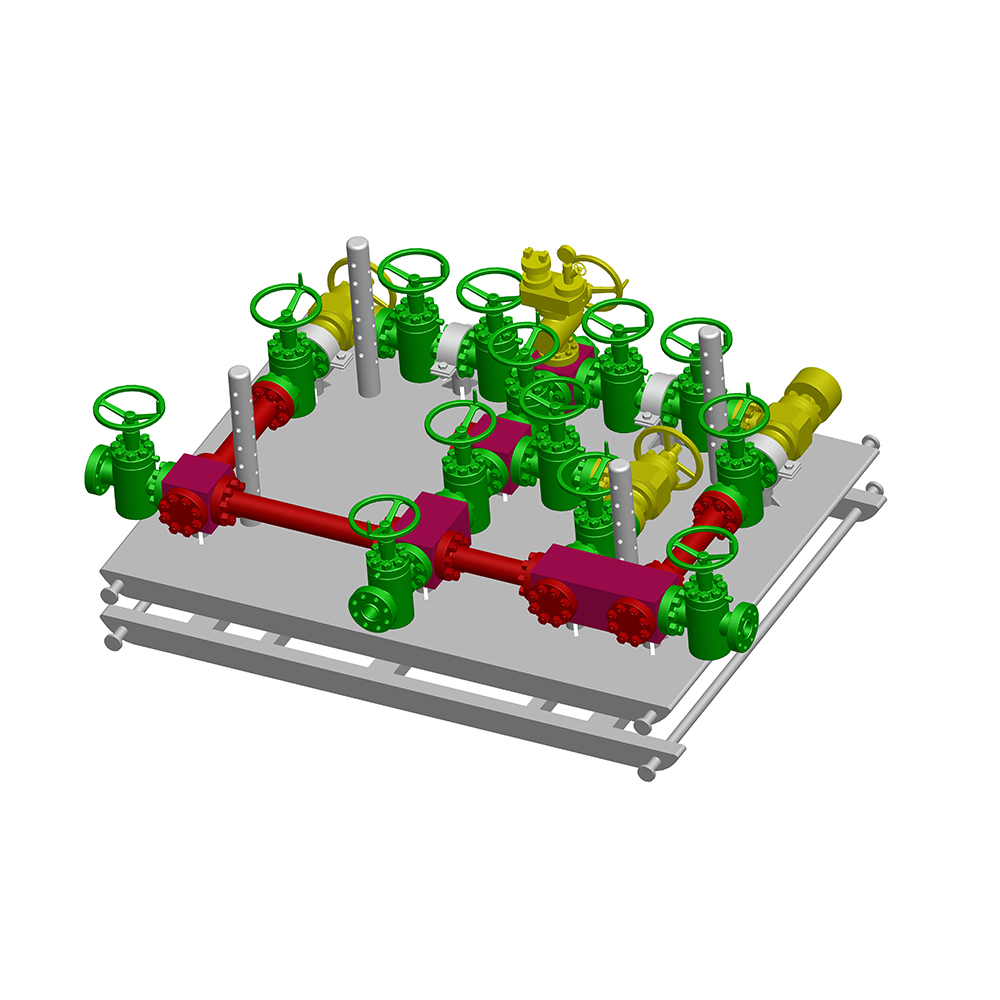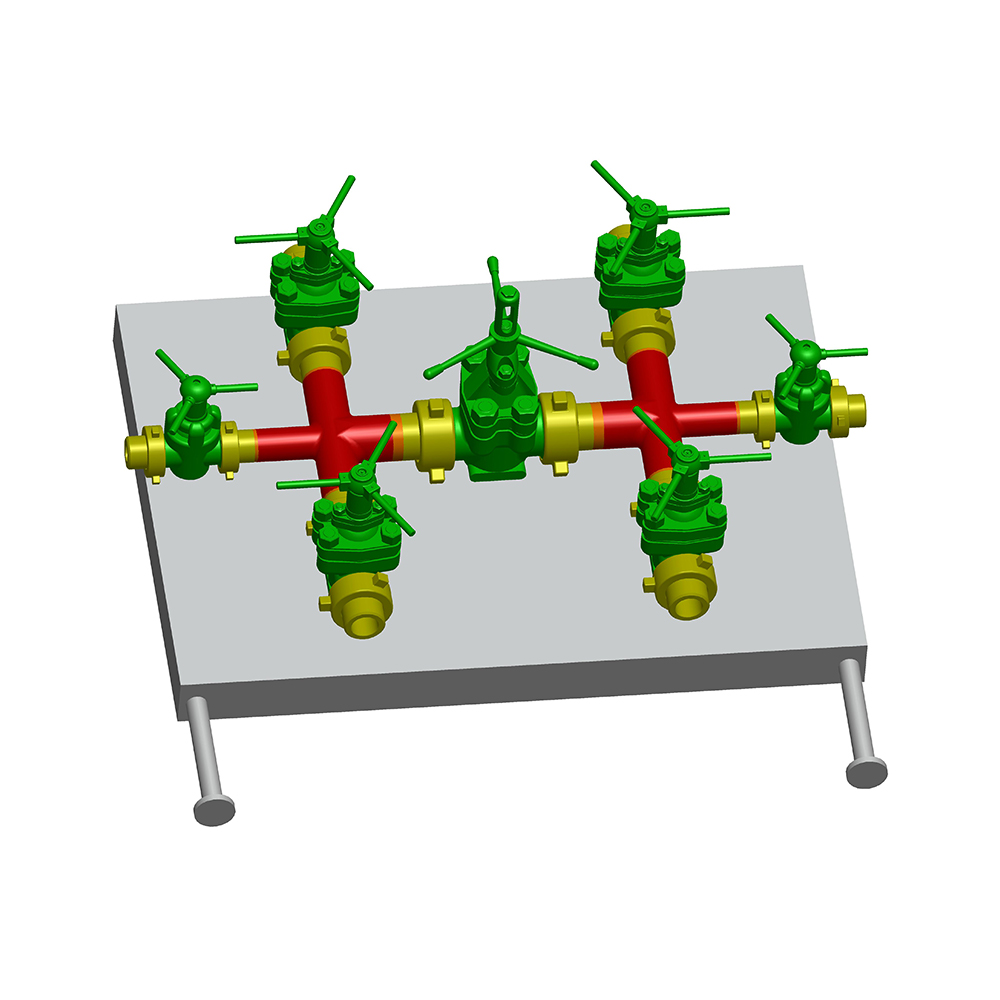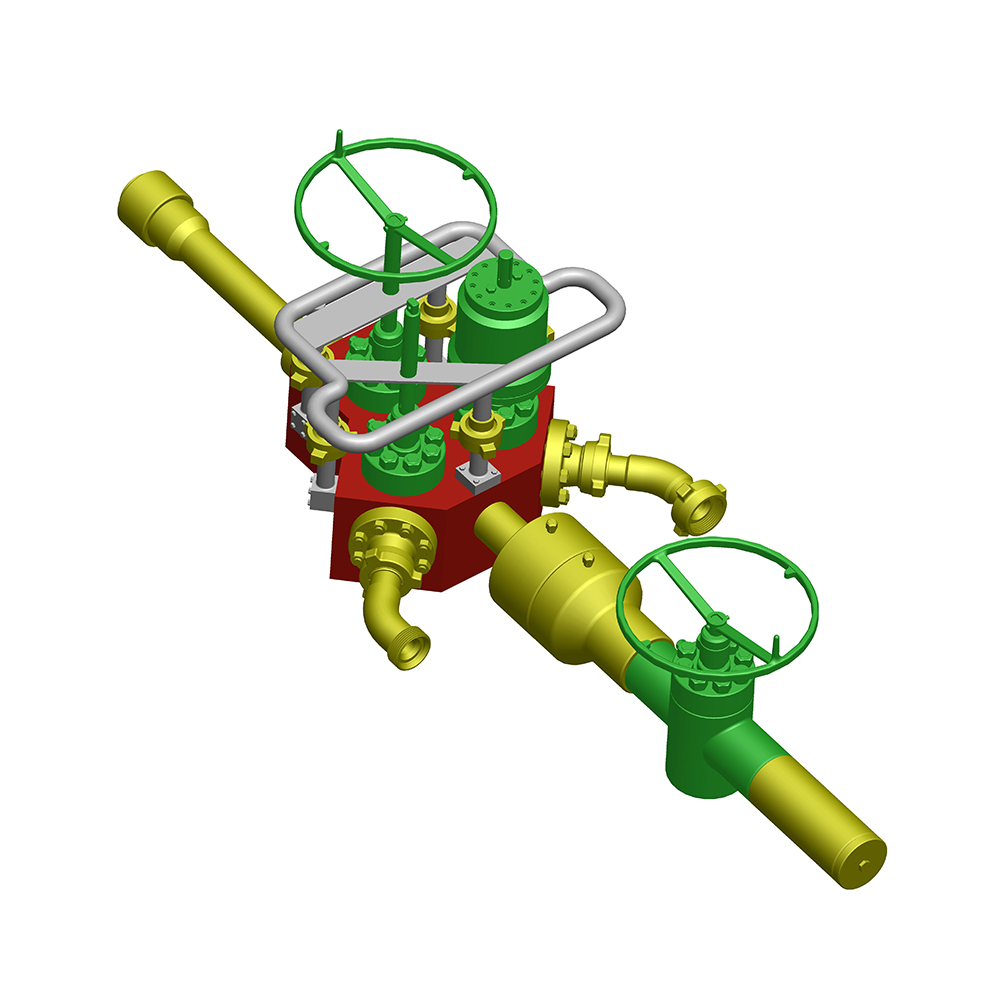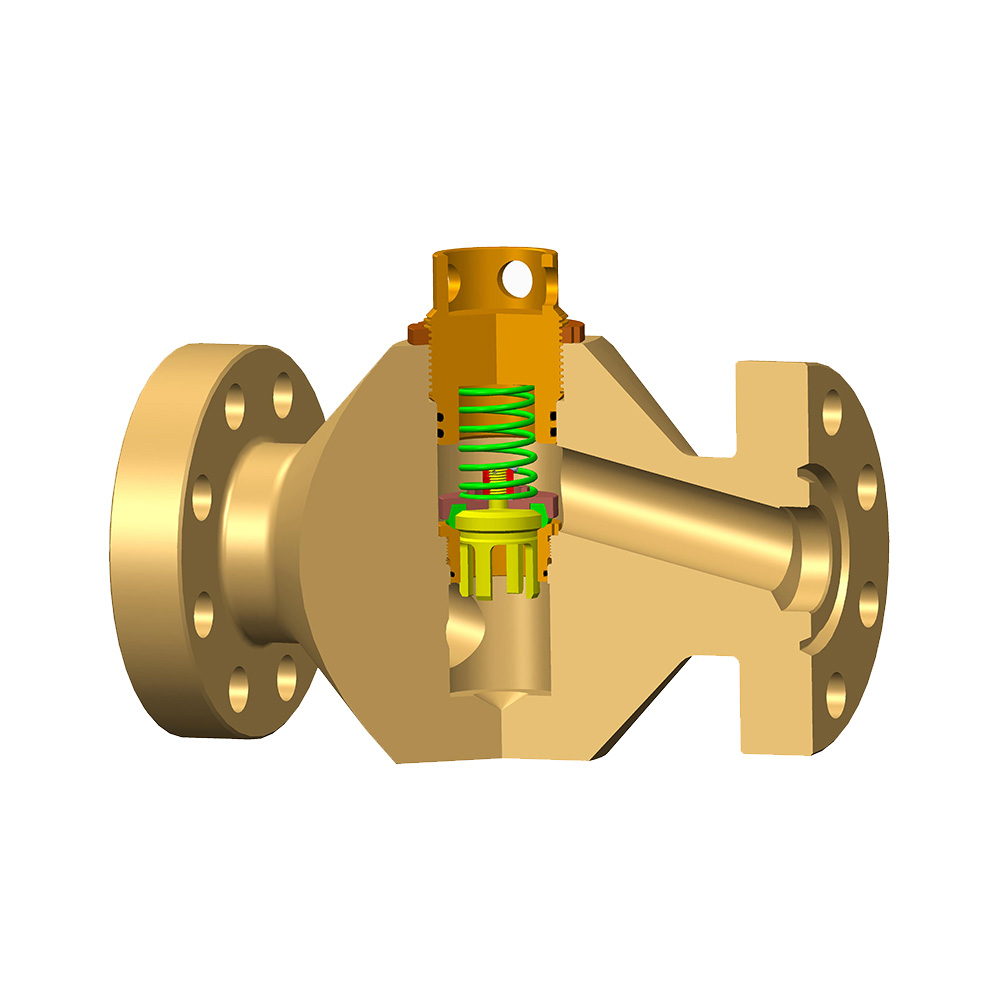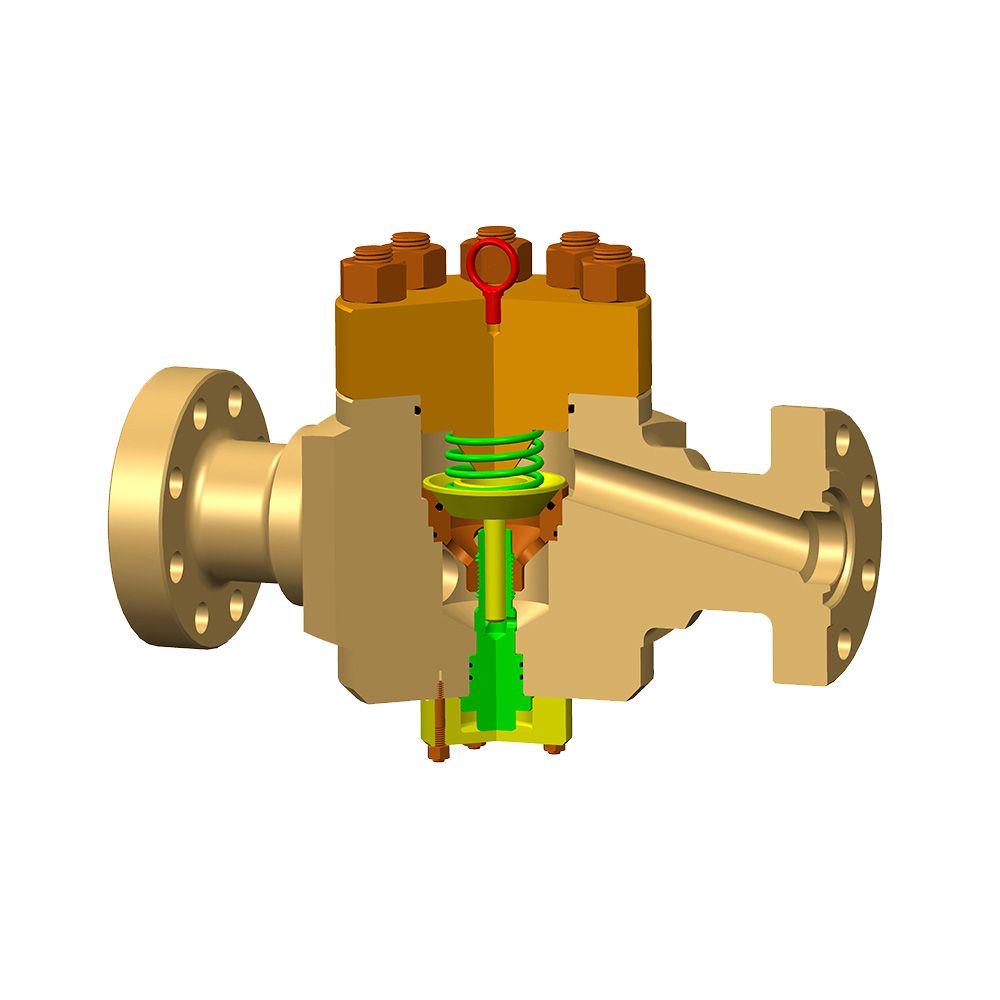In the high-stakes, high-pressure world of oil drilling, where uncontrolled forces lurk beneath the surface, a seemingly unassuming component plays a pivotal role in ensuring safety, control, and operational success: the choke valve. Far from being just another piece of hardware, choke valves serve as the essential pressure-regulating gatekeepers, fundamental to managing the unpredictable nature of subsurface reservoirs.
The Core Challenge: Controlling Unseen Forces
During drilling, completion, testing, and well intervention operations, encountering zones of high pressure is inevitable. Reservoir fluids – oil, gas, and water – exist under immense natural pressure. When these fluids enter the wellbore, they can rapidly migrate upwards. Without precise control, this uncontrolled flow can escalate into a dangerous blowout, posing catastrophic risks to personnel, equipment, and the environment.
The Choke Valve Solution: Precision Under Pressure
This is where the choke valve steps in as the primary line of defense and control:
- Primary Well Control: While blowout preventers (BOPs) are the ultimate barrier, choke valves are the primary tool for actively managing wellbore pressure during critical operations like well control incidents (kick management). They allow operators to precisely restrict flow, creating backpressure that counteracts formation pressure and regains control.
- Flow Rate Regulation: During production testing, clean-up flows, or managed pressure drilling (MPD), choke valves enable operators to carefully meter the flow of reservoir fluids to the surface. This precise control is vital for gathering accurate reservoir data, preventing formation damage from excessive drawdown, and ensuring surface facilities aren't overwhelmed.
- Pressure Maintenance: By adjusting the choke opening, operators can maintain a constant bottomhole pressure (BHP) or wellhead pressure (WHP). This stability is crucial for:
- Preventing influxes of formation fluids (kicks).
- Avoiding losses of drilling fluid into the formation.
- Protecting the integrity of the wellbore and casing.
- Optimizing drilling efficiency in challenging formations.
- Managed Pressure Drilling (MPD) & Underbalanced Drilling (UBD): These advanced techniques rely heavily on choke valves as the central control element. Chokes dynamically adjust surface backpressure to precisely manage the annular pressure profile throughout the wellbore, enabling drilling in narrow pressure windows that would otherwise be uneconomical or unsafe.
- Well Clean-up and Testing: After completing a well, choke valves carefully regulate the initial flow to remove drilling fluids and debris and to conduct production tests, measuring flow rates and reservoir characteristics without causing formation damage.
How They Work: Restriction Creates Control
Choke valves function by creating a variable, controlled restriction in the flow path. Common designs include:
- Positive Chokes: Feature a fixed, non-adjustable orifice plate for a specific flow restriction. Used where constant flow restriction is needed.
- Adjustable Chokes: Utilize a stem and seat (like needle and seat) or a rotating cage with multiple ports to provide infinitely variable flow area. This adjustability is key for dynamic pressure control.
- Multistage Chokes: Employ multiple restriction points to handle extremely high-pressure differentials more effectively, reducing erosion and noise.
The degree of restriction dictates the amount of backpressure applied to the wellbore. Operators monitor surface pressures and flow rates continuously, adjusting the choke opening incrementally to achieve and maintain the desired downhole pressure conditions.
Built for the Extremes: Design Considerations
Given their critical function in hostile environments, choke valves are engineered for exceptional durability:
- Erosion Resistance: Internal components are hardened or coated (e.g., tungsten carbide) to withstand the abrasive nature of drilling fluids and produced solids at high velocities.
- Corrosion Resistance: Materials like high-grade stainless steels and alloys are selected to combat corrosive elements like hydrogen sulfide (H₂S), carbon dioxide (CO₂), and saltwater.
- High-Pressure Integrity: Robust construction and sealing mechanisms ensure reliable performance under thousands of pounds per square inch (psi) of pressure.
- Fail-Safe Operation: Many critical choke systems incorporate fail-safe features (e.g., hydraulic or pneumatic actuators) to close or maintain position safely in case of power loss or emergency signals.
The choke valve is far more than a simple flow restrictor; it is an indispensable control mechanism. It provides the fine-tuned pressure management essential for safe drilling operations, effective reservoir evaluation, and the prevention of well control incidents. Its ability to precisely regulate flow under extreme conditions makes it a non-negotiable component in the complex system that brings hydrocarbons safely to the surface. Without reliable choke valves, the inherent risks and operational challenges of oil drilling would be significantly amplified, underscoring their fundamental role as the critical gatekeepers of wellbore pressure.

